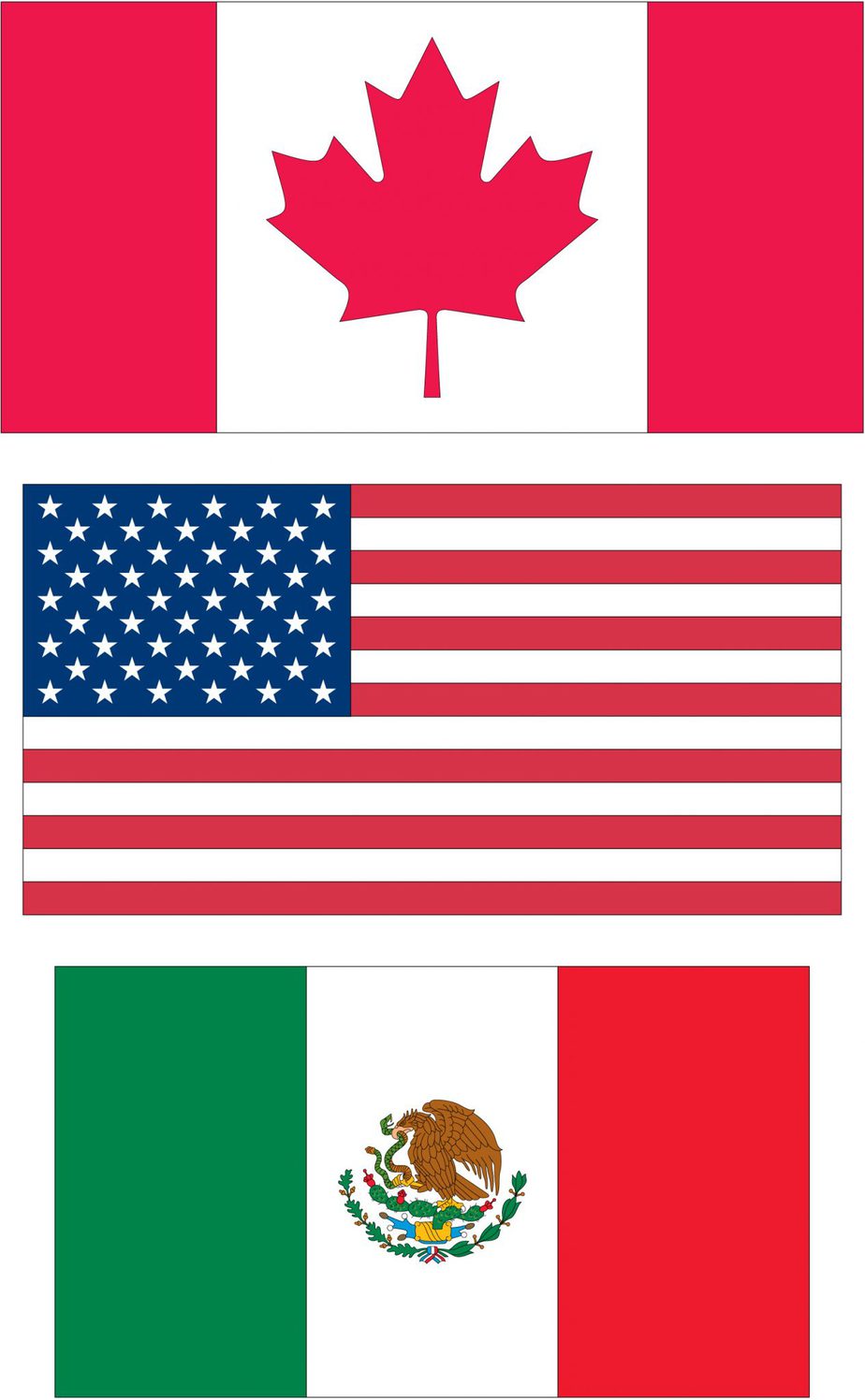Covering Your NAFTA Documentation Obligations
It is that time of year when soon you will be requesting NAFTA documentation or being asked to provide NAFTA (or country of origin) documentation for parts you sell. In many cases, you will be doing both, soliciting and fulfilling requests.
In this issue, we are concentrating on Audits. This could be a very time-consuming process and can create difficult tasks for a company being audited. Sometimes that is a result of not your company doing anything incorrectly (or even physically shipping products across the border), but simply supplying products to another company that is being audited and their NAFTA declarations being a result of the information you provided to your customer.
In order to cover your end of the obligations under NAFTA, here is a short reminder of some of the most important things to be aware of. There are many facets to your NAFTA compliance, amongst many of them, some of them include; proper classification of your products, having a written compliance manual that outlines the proper procedures for filling out a NAFTA document, exercising proper care in applying the NAFTA rules of origin for your products, and make sure your staff is always up to date on any of the latest trade regulations.
In this article, we will concentrate only on the documentation portion, but keep in mind the other factors above as that is all part of the puzzle. In order to claim NAFTA preferential treatment for your goods it is a good idea to include the following in your compliance manual, or at the very least document the procedures with your department to make sure these items are covered:
- When you claim NAFTA on your customs documentation, make that declaration by adding “US”, “CA”, or “MX” with the corresponding tariff number of your good. This is typically done at the time of the transaction but can be done up to one year after entry.
- Make sure you have in your possession a valid certificate of origin (COO) at the time of the declaration. Don’t just assume it is NAFTA because it was in previous years or because you think it will be NAFTA.
- So what makes a valid COO? This includes the signature of the exporter (or authorized agent), execution date prior to the NAFTA claim date, and include all this information in a valid Customs Form 434 (CF434) for the U.S. or accepted alternate NAFTA COO for Mexico or Canada.
- Provide the certificate of origin to Customs on request
- Keep all your documentation for a period of five years from the date of your importation.
- When you spot an error, promptly make a corrected declaration
These are just a few tips. In the past months, we published a series of 3 articles in our blog celebrating NAFTA’s 20th anniversary. You can find more information on NAFTA, including a bit of the history of NAFTA by going to our blog.







